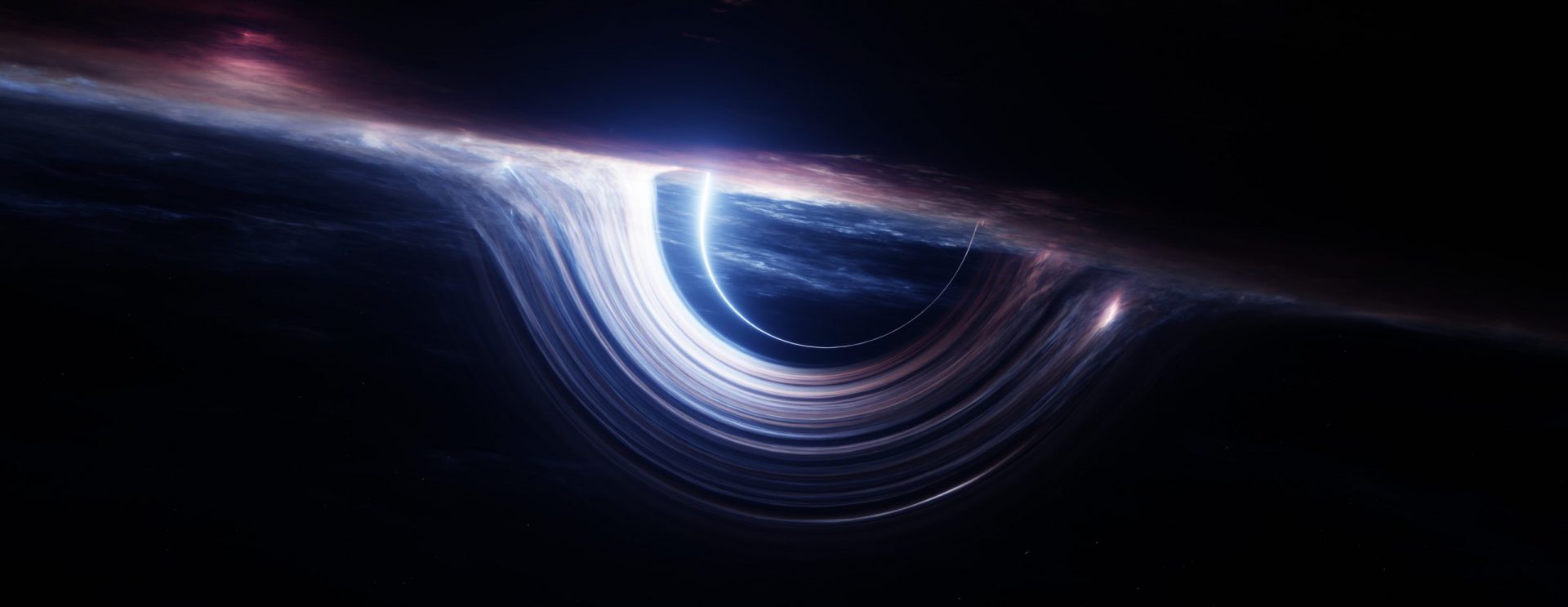Warfare: The Complex Interplay of Power, Ideology, and the Quest for Dominance
Warfare, deeply etched in the annals of human history, represents a complex interplay of power, ideology, and the unrelenting pursuit of dominance. As civilizations have evolved, so too has the nature of conflict, progressing from ancient battles fought with primitive weaponry to the intricate dynamics of modern warfare. In this exploration, we peel back the layers of warfare, examining its historical evolution, the diverse motivations fueling conflicts, the far-reaching consequences that ripple through societies, and the ongoing global quest for lasting peace.
The Historical Evolution of Warfare
The historical tapestry of warfare spans millennia, reflecting the evolution of human societies and their technologies. From the ancient battlefields of Troy to the modern theaters of war, military history reveals the strategic ingenuity, tactical innovations, and shifting dynamics that have shaped the course of nations. The transition from swords and shields to sophisticated weaponry mirrors the relentless march of progress and the ever-changing face of conflict.
Ideology, Power, and Resource Struggles
At the heart of warfare lie multifaceted motivations, each conflict a unique blend of ideological fervor, territorial disputes, and struggles for power and resources. The pages of history are filled with wars waged in the name of religion, nationalism, or economic interests. Understanding the intricacies of these motivations is essential for comprehending the geopolitical landscape and the complex forces that propel nations into the throes of war.
The Human Toll and Cultural Reshaping
The aftermath of warfare leaves deep scars on societies, often enduring for generations. The human toll, both in terms of lives lost and the psychological trauma endured by survivors, is immeasurable. Beyond the immediate casualties, wars reshape cultural landscapes—the destruction of heritage sites and the displacement of populations alter the very fabric of societies. The echoes of conflict reverberate through art, literature, and collective memory, continuing to shape national identities long after hostilities cease.
The High Price of Conflict
The economic ramifications of warfare are profound and far-reaching. Nations embroiled in conflict bear immense financial burdens, redirecting resources from social programs and economic development to fund military endeavors. The economic fallout extends beyond the borders of warring nations, impacting global markets, trade, and economic stability. The persistent cycle of instability perpetuates a legacy that stifles long-term development.
Technological Advancements and Ethical Dilemmas
The evolution of warfare is inextricably linked to advancements in technology, ushering in new military capabilities. Drones, cyber warfare, and artificial intelligence have reshaped the conflict landscape, offering strategic advantages while introducing significant ethical dilemmas. The deployment of autonomous weapons raises moral questions about the potential for indiscriminate harm. Navigating the intersection of technological innovation and ethical considerations is an ongoing challenge for the global community.
Global Diplomacy and Conflict Resolution
In the aftermath of conflict, global diplomacy plays a critical role in rebuilding shattered societies and preventing the recurrence of violence. International organizations, diplomatic efforts, and peacekeeping missions act as vanguards in navigating the delicate path toward reconciliation and stability. The complexities of negotiations, balancing competing interests, and crafting sustainable, long-term solutions highlight the challenges inherent in the pursuit of global peace.
Challenges and Opportunities in the Modern Era
The pursuit of lasting peace in the modern era presents a formidable challenge requiring a holistic approach. Addressing the root causes of conflict, fostering open dialogue, and promoting mutual understanding between conflicting parties are essential components of a sustainable peace process. Opportunities for peace arise through innovative diplomatic negotiations, humanitarian efforts, and a collective commitment to resolving disputes through nonviolent means. The global community is increasingly recognizing the interconnectedness of nations and the shared responsibility to work toward a world where the ravages of war are replaced by enduring harmony and understanding.
Conclusion
In the expansive canvas of warfare, the layers of history, motivations, consequences, and the ongoing quest for peace converge to form a nuanced picture of the complexities inherent in human conflict. From the ancient battlefields to the intricacies of modern warfare, the journey through time reflects both the dark chapters of destruction and the potential for enlightenment and progress. Understanding the multifaceted nature of warfare is not just an academic pursuit; it is a critical step in forging a future where diplomacy, dialogue, and collaboration replace the destructive forces of war. As we navigate the intricacies of the conflict tapestry, the imperative to prioritize peace becomes not just a lofty ideal but a collective responsibility that transcends borders, ideologies, and the echoes of history.

